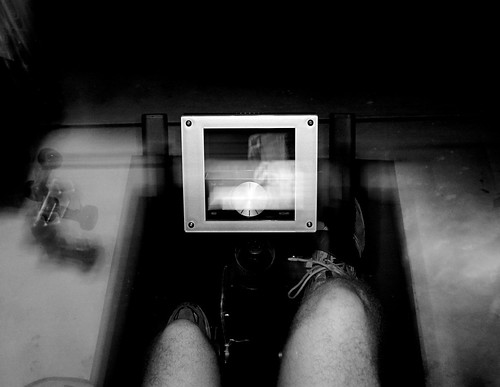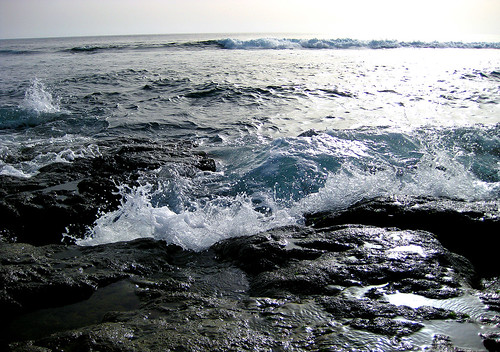True, curves are the advanced form of levels. I was trying to keep it simple. I'm taking a course now that spends hours just on curves .mcminty wrote:
Sorry for taking so long to reply. Got rather hammered last night, went to the beach today and then basically straight to soccer this evening.
Ok, so the main problem in taking this kind of photo is the difference in brightness between the sun and the object you are photographing. The difference in brightness is too large for the camera (even DSLRs and larger medium format digital camera backs) to capture detail in both the shadows1 and the highlights2. This means that you'll either get very dark/black shadows OR blown out highlights (highlights "beyond" white).
The Photoshop approach
Kerry mentioned learning levels in photoshop (tbh, the Curves tool is like levels, but a LOT more powerful). If you do this, you'll need to know that you can not recover blown out highlights. For example, if you blow out the sky, you can't use levels to darken and bring back colour to the sky. Once a highlight is blown out, it looses all colour value. For good.
But, you CAN get detail back from dark shadow areas, as long as they are not too close to pure black. The only side effect of this is that you increase the noise (graininess) of the shadow areas. Obviously, the more you push it, the worse the noise is.
The Exposure approach
While manipulating the image in photoshop to get both detail in the foreground and background.. they will often result in unnatural looking images. A better idea would be to make an artistic decision as to what you want correctly exposed in the photo, expose for that and then leave the rest how it comes.
An example:
http://farm1.static.flickr.com/207/4879 … aba19b.jpgLong story short...First off, I took this with an old point and shoot while on a 62km 5 day hike. It was sunset on the first night, and everyone had stopped to take photos. Most people were just using their cameras on automatic mode, where the camera chooses the exposure (aperture and shutterspeed) for them. Their camera's would try to expose for the foreground. As a result, the sky would look WAY too bright and the photo would be ruined (maybe what is happening to you).
TO fix this problem, I set the camera to manual mode and put in my own aperture and shutter speed values. From the artistic point of view the colours in the sky were much more interesting than the valley in the foreground. So, I set my exposure to capture the detail in the sky/sun.
The sky was actually slightly darker than the photo shows, but I decided to overexpose the image slightly to get some more detail in the foreground. The lighter colours as the different parts of the valley progress to the background of the frame give the photo a 3D quality, a bit of depth. It makes for a much more interesting photo.
Another point to note when taking photos with the sun, especially around sunset - Set the White Balance on your camera to "daylight". If you let the camera decide, it will try to make the golden sunlight "white", thus washing out the colour from the sunset shot. I can post an example of the same shot with different white balance if anyone wants.
If you want to capture details in the shadow part of an image where the sun is in the frame, you'll pretty much always have to underexpose what the auto-exposure meter tells you. This way you retain details in the highlights of the image. You'll then need to use an image editing program to recover the details in the shadow areas of the image (to a certain extent).
The other way is to decide what needs to be correctly exposed, expose for that and let the rest of the photo fall into place. If you choose the sky as the most important part, the foreground will usually end up as a silhouette.
Note that there are more DSLR specific ways of doing what you are asking.. not limited to multiple exposures and digital blending, fill flash or off camera flash, and graduated neutral density filters...
Notes:
1. The shadows in this case are any detail on the objects between the sun and you. Since the sun is behind the object, anything your camera sees is in the shadow side.
2. In this case, the sun and sky..
Raw is of course better but you don't need to do this in Camera raw.
[google]http://video.google.com/videoplay?docid=-1497598951711296181&hl=en[/google]
Xbone Stormsurgezz




